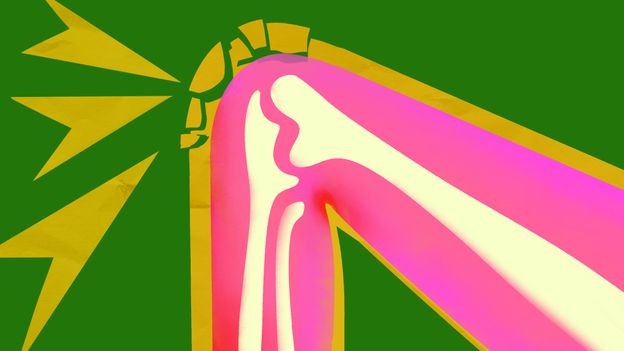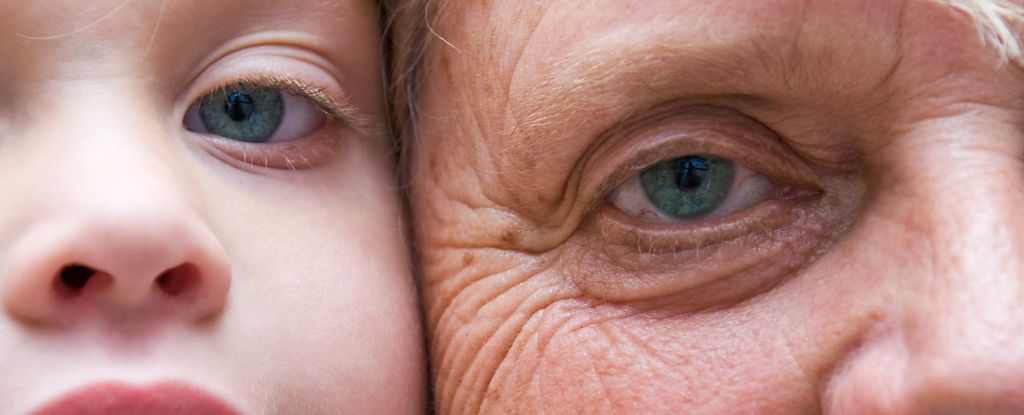Why Women Live Longer: Evolutionary Roots and Closing the Longevity Gap

Evolutionary Roots of Longevity Differences
Women consistently outlive men by about five years globally, a pattern observed not only in humans but across many mammal species. This longevity gap has deep evolutionary origins. Female mammals, including humans, possess two X chromosomes, providing a genetic safeguard against certain mutations that males, with one X and one Y chromosome, lack. This genetic makeup offers women a biological advantage in survival and aging processes.
Behavioral and Biological Influences
Beyond genetics, male behaviors shaped by evolutionary pressures contribute to their shorter lifespans. Risk-taking, aggressive mating competition, and greater exposure to injury-prone activities increase mortality rates among men. Physiologically, women benefit from protective effects of hormones like estrogen, which supports cardiovascular health and immune function. These combined factors explain why women tend to live longer and healthier lives.
Closing the Gap
Recent studies suggest that addressing lifestyle risks and improving healthcare access for men could narrow the longevity gap. By mitigating risky behaviors and enhancing preventive care, men may achieve life expectancies closer to women’s, reducing the socio-economic impact of the current disparity.













